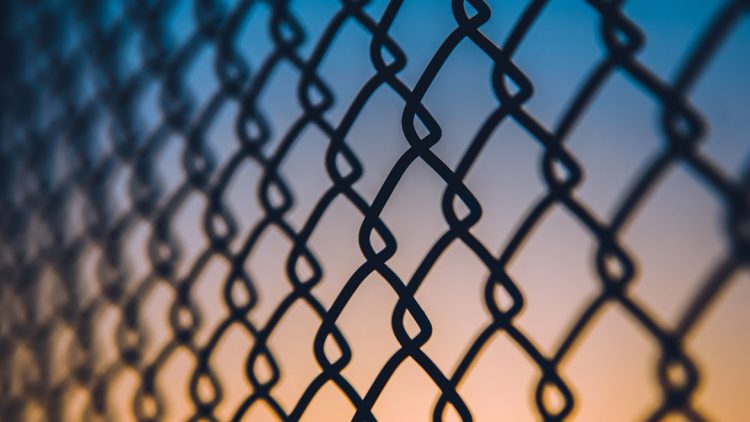Fence Installation Costs 2024
Fence installation costs can vary greatly depending on several factors, so it’s crucial to consider your specific needs before jumping in. Here’s a breakdown to help you understand the key drivers of cost:
Material:
- Wood: A popular choice, offering warmth and natural aesthetics. Costs range from $20 to $50 per linear foot, with pressure-treated lumber being cheaper than cedar or redwood.
- Vinyl: Durable, low-maintenance, and versatile. Costs range from $30 to $60 per linear foot, with higher costs for decorative styles.
- Composite: Combines the look of wood with the low-maintenance of vinyl. Costs range from $20 to $85 per linear foot, making it a premium option.
- Metal: Strong and long-lasting, but can be visually imposing. Costs range from $25 to $75 per linear foot, with aluminum being cheaper than wrought iron.
- Chain-link: Affordable and functional, often used for security purposes. Costs range from $9 to $30 per linear foot.
- Quality and Grade: Higher-quality materials will often result in higher costs upfront but may require less maintenance and last longer.
- Finish and Style: Decorative features, ornamental details, or customized designs can increase material costs.
Size and Complexity:
- Length: The longer the fence, the higher the cost. Obtain accurate measurements of your perimeter.
- Height: Taller fences offer more privacy but cost more per linear foot. Consider local regulations and privacy needs.
- Gates: Adding gates significantly increases cost, depending on size, material, and automation.
- Slopes and uneven terrain: Installing on uneven ground requires additional labor and expertise, raising costs.
- Clearing and Grading: Clearing vegetation, removing obstacles, or grading the land may incur extra costs.
- Linear Footage: The length of the fence directly affects the overall cost. More linear footage means more materials and labor.
Labor and Permits:
- Labor costs: These vary based on location, contractor expertise, and project complexity. Expect labor to account for roughly half the total cost.
- Permits: Some municipalities require permits for fence installation. Factor in permit fees into your budget.
Additional Considerations:
- Removal of existing fence: If removing an old fence, factor in disposal costs.
- Post-installation maintenance: Certain materials require more upkeep than others. Consider long-term maintenance costs when choosing a material.
- Complexity: Intricate designs or challenging installations may require more labor and time, increasing costs.
Additional Features:
- Gates: Installing gates, especially larger or automated ones, adds to the overall cost.
- Finishing Touches: Staining, painting, or sealing wooden fences, or adding decorative elements, can increase costs.
Permitting and Regulations:
- Permit Fees: Some areas require permits for fence installation, which may come with additional fees.
- Regulations: Compliance with local building codes and zoning regulations may impact the type and design of the fence, affecting costs.
Getting Estimates:
It’s crucial to obtain quotes from multiple reputable contractors to compare prices and services offered. Be sure to clearly communicate your needs and preferences to get accurate estimates.
Location:
- Regional Variations: Fence installation costs can vary significantly depending on the local cost of living, demand for labor, and market conditions.
Residential and Commercial Fencing Mesa | Construction – Special Events – 24 Hour Emergency Fencing Phoenix
0

